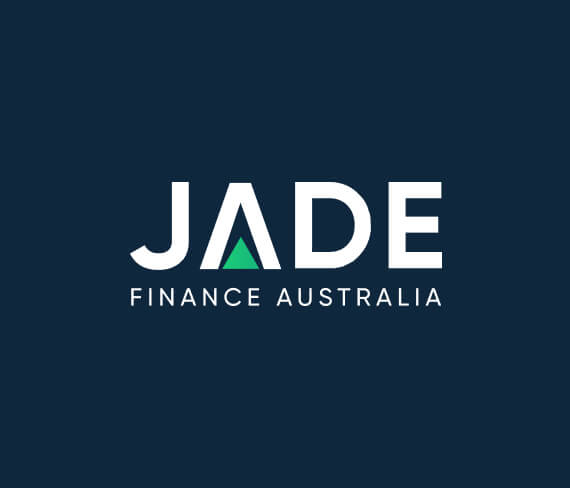Low unemployment figures are the dreams of governments across the world. Monthly falls are often proudly announced by a Treasurer as indicative of the good performance of government policy. But in the current Australian economic conditions, a significant fall in unemployment brings with it further indications of a higher interest rate rise.
The ABS (Australian Bureau of Statistics) announced the June 2022 unemployment statistics on July 14. The figures recorded a sharp and somewhat unexpected drop from 3.9% in May to a 50-year low of 3.5%. This is quite surprising as the rate had dropped only marginally, around 0.1% earlier in the year and had been steady at 3.9% for around the past 2 months. A further 0.1% was expected by finance analysts so the 0.4% drop is a surprise development.
The dramatic fall in unemployment for June lifts the prospect of a larger interest rate rise in August and creates issues for businesses to fill job vacancies. Both outcomes of concern to businesses and for individuals planning major purchases with finance.
The RBA has already strongly indicated it will further lift the cash rate at its August meeting. But these surprising unemployment figures may mean that rise is much higher than anticipated. Unemployment rates along with inflation are the two major statistics which determine RBA decisions on the cash rate.
An issue which has been reiterated by the RBA as contributing to surging inflation is the constrained capacity of business due to tightness in Australia’s labour market. Insufficient people are available to fill jobs due to lack of overseas workers coming into the country during the pandemic and a big exodus for the same reason.
This statistic is definitely one to pay attention to and consider the outcomes for your interests.
ABS Announces Unemployment Figures for June
The official unemployment figures are announced with an accompanying statement by the ABS. Bjorn Jarvis, the Bureau’s head of labour statistics, states that the June figure of 3.5% is the lowest seasonally adjusted rate since August 1974. At that time unemployment sat at 2.7%.
Mr Jarvis provided extensive detail on the breakdown of the numbers which include the rate for men at 3.6%, lowest going back to May 1976 and at 3.4% for women, where the lowest was recorded in February 1974.
The drop represents consecutive decreases over eight months and coincides with restrictions and lockdowns being lifted in many states in late 2021 due to the Delta phase of the pandemic. The employment growth continues stronger in comparison to the stats prior to the emergence of the pandemic.
Western Australia was the only state/territory to post an increase in unemployment with a 0.3% rise. Falls were recorded in NSW 0.7%, Queensland 0.1% and 0.5% in Victoria.
The monthly employment figures cover a range of aspects including the hours that workers are off work as a result of illness. This continues to be at a high level which coincides with increasing COVID-19 case numbers and the influenza rates. This is a major issue for consideration by businesses.
Business Impacts
Business owners may not usually pay too much attention to national employment figures. But these latest figures are worth considering in the context of individual business requirements. Where a business currently is not able to achieve full production or open usual hours because they just don’t have sufficient staff, these figures may be important for future planning.
Low unemployment means high employment and that means that there are less people in the market for job. This may indicate that it will take longer to fill job vacancies and a longer period to be fully operational. An issue which can form part of business plans. Filling vacancies may require offering incentives or higher wages.
The high illness rates may also be worth factoring into business planning. Having flexible rostering to fill gaps wherever possible and incorporating whatever measures possible to cover these periods may be required.
Both these issues can add to business costs through higher wages bills combined with potentially lower productivity and income. Support may be required through a Business Loan or an Overdraft which we may be able to assist with.
Interest Rate Rise Ahead
As mentioned at the outset, this dramatic fall unemployment has ramifications with interest rates across lending markets. Analysts are already saying the June figures will be putting additional pressure on the RBA to make a large hike in the cash rate come 2 August.
Many would have been preparing for another 0.5% rise but this latest data may justify a rise of up to 1%. This would lead to further increases in interest rates for both business and consumer finance products. Individual lenders make their own decisions around rate rises but most will tend to pass on the full amount of rises.
Jade Finance has a vast choice of lenders so we are always in a great position to source the cheapest interest rates available to suit individual applicants at any particular point in time.
Contact Jade Finance 1300 000 008 to discuss how we can assist you achieve the cheapest interest rate loans
DISCLAIMER: NO LIABILITY IS ACCEPTED IF ERRORS OR MISREPRESENTATIONS ARE FOUND IN THIS ARTICLE. THE ARTICLE IS PREPARED AND PRESENTED FOR GENERAL INFORMATIVE PURPOSES AND IS NOT INTENDED TO BE THE SOLE SOURCE OF INFORMATION FOR MAKING FINANCIAL DECISIONS. THOSE REQUIRING GUIDANCE AND ADVICE SHOULD CONSULT A FINANCIAL ADVISOR.
